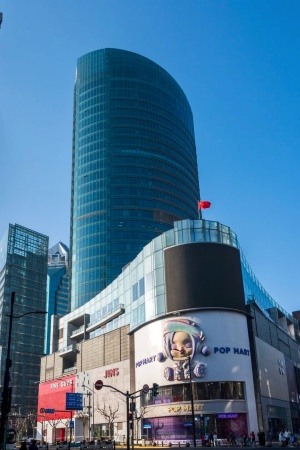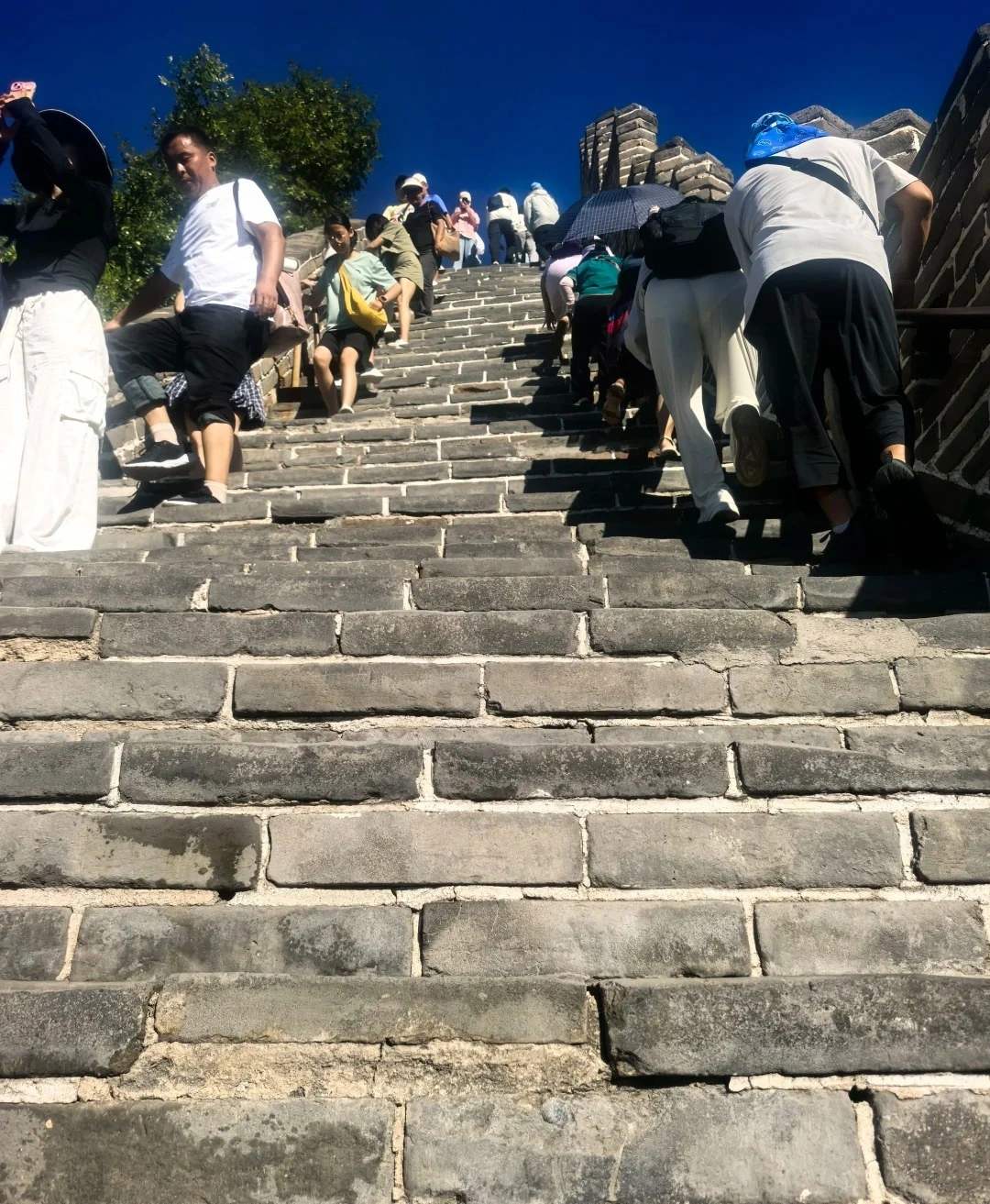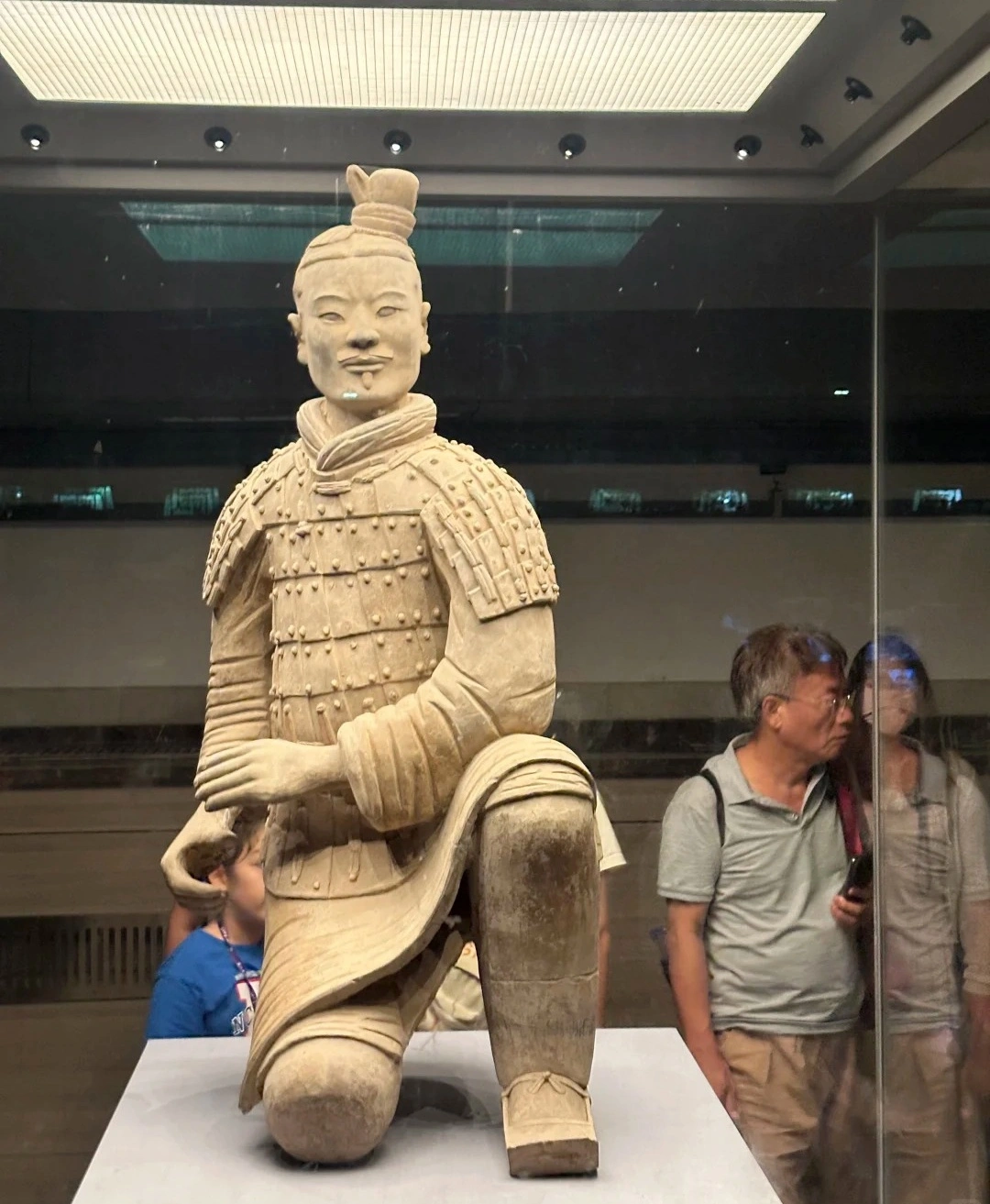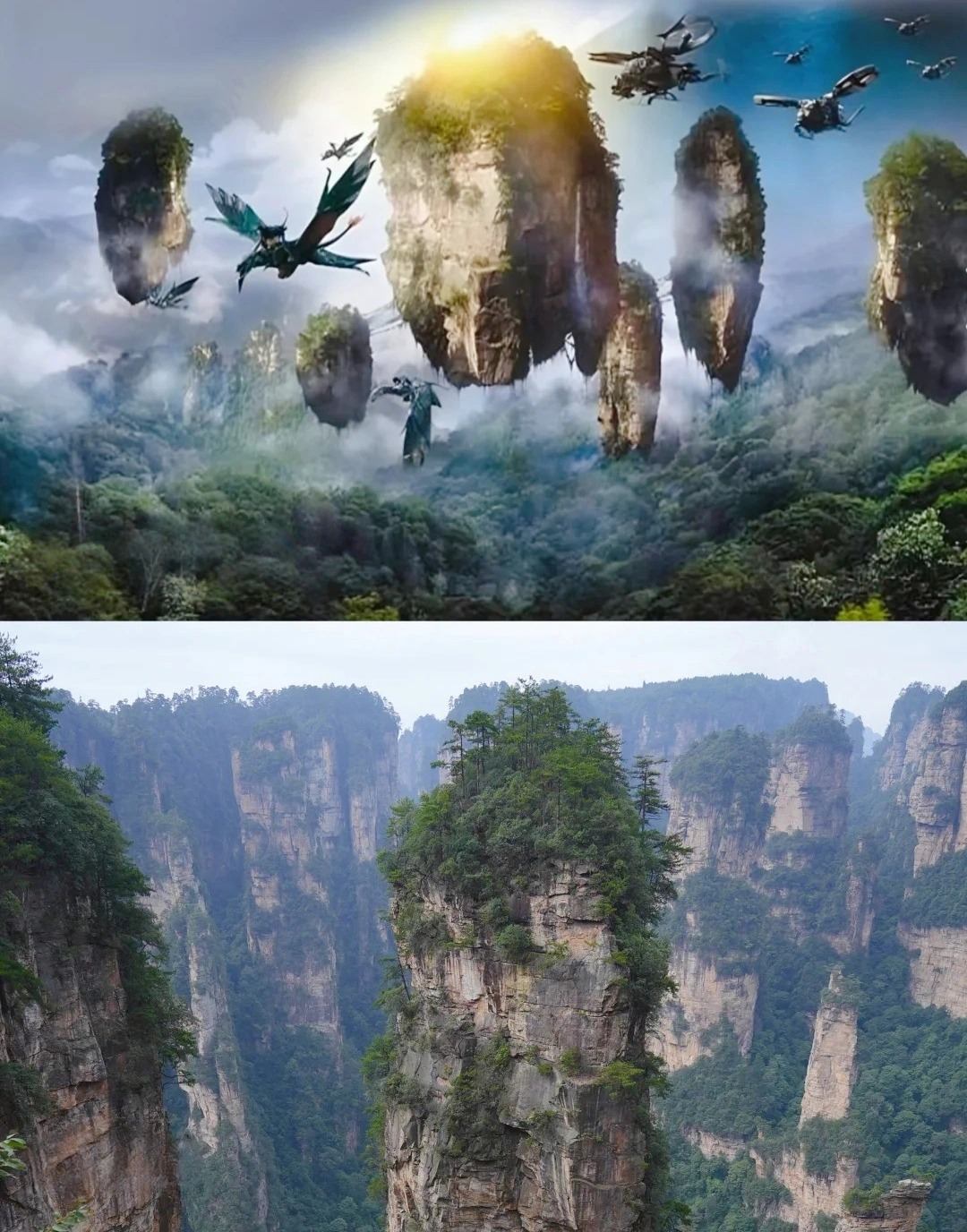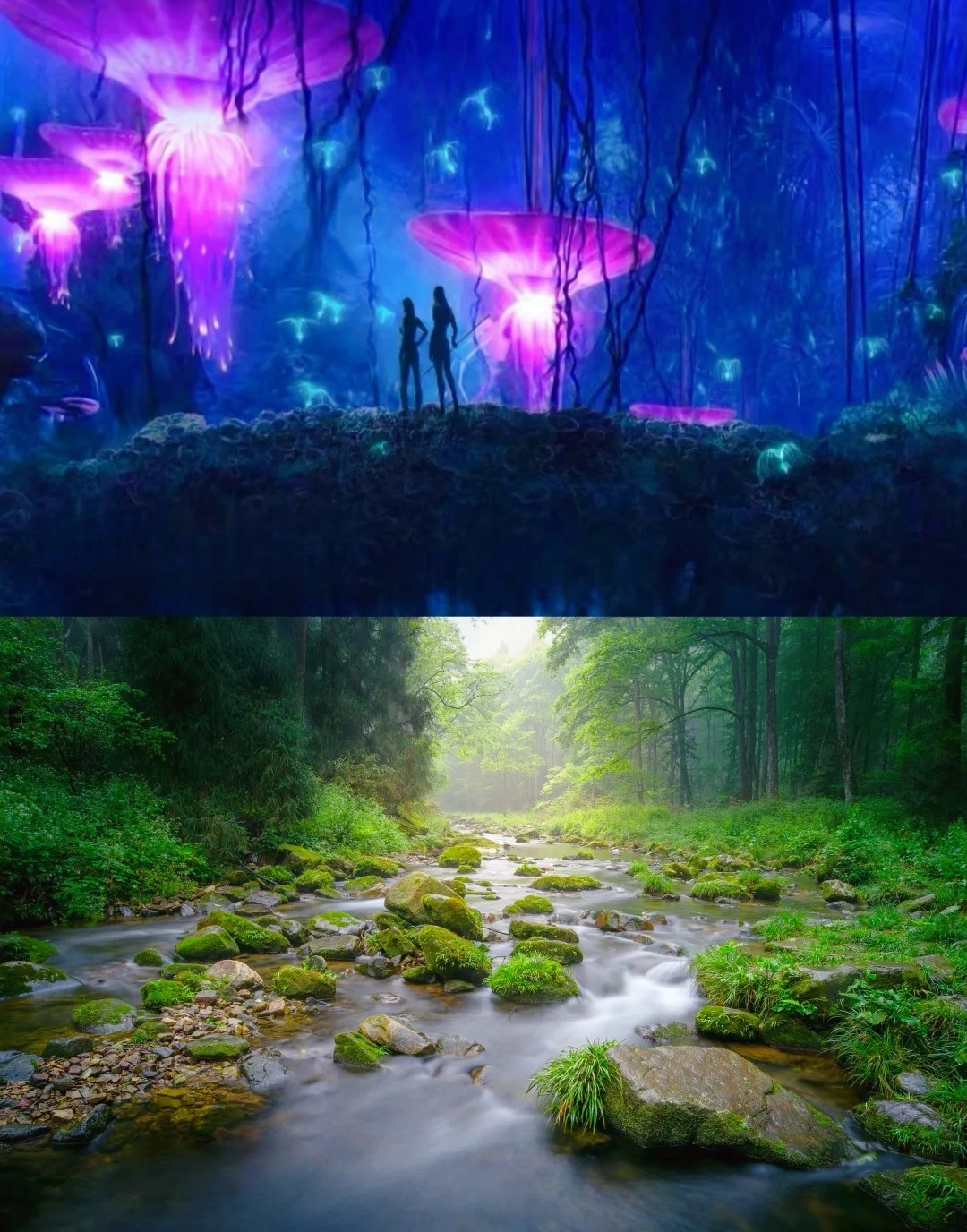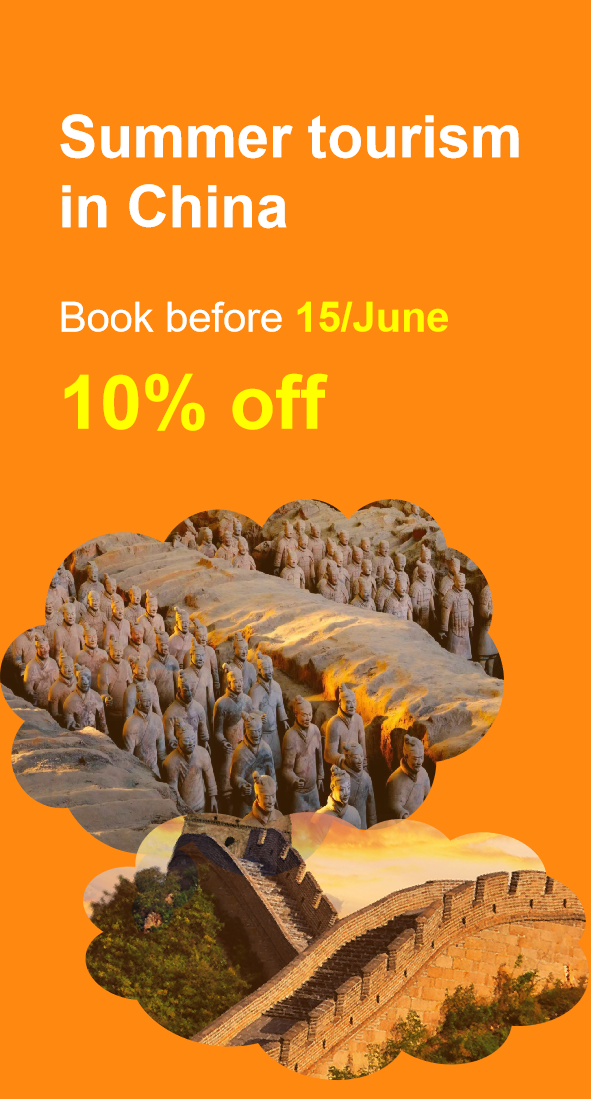Mount Emei
Historical Overview
Early Roots: Recognized as a Buddhist sanctuary in the Eastern Han Dynasty (25–220 CE), Mount Emei became a center for monastic life and meditation.
Tang Dynasty (618–907 CE): The mountain flourished as a pilgrimage destination, with temples like Wannian Temple and Baoguo Temple constructed.
Ming-Qing Periods: Expansion of temples and trails, solidifying its status as a cultural and religious hub.
Modern Era: Designated a UNESCO site in 1996, blending conservation efforts with tourism development.
Structural Layout
The mountain’s architecture harmonizes with nature, featuring:
Temples: Over 30 Buddhist temples, including the iconic Golden Summit Temple (Jinding) perched atop the highest peak.
Trails: A 60-kilometer network of stone paths, cable cars, and wooden staircases linking key sites like Qingyin Pavilion and Leidongping.
Natural Formations: The “Cloud Sea” phenomenon, granite cliffs, and the 72-meter-tall Sheshen Waterfall.
Major Attractions
Golden Summit (Jinding): Home to the 48-meter-tall Ten-Direction PuXian Buddha statue, the world’s tallest Buddha statue in sitting posture.
Wannian Temple: Founded in the 4th century, it houses a 1,000-year-old bronze Puxian Buddha statue and ancient inscriptions.
Clear Sound Pavilion (Qingyin Pavilion): A 1,600-year-old temple known for its echoing bell and tranquil bamboo groves.
Monkey Zone: Home to playful Tibetan macaques that interact with visitors along the ecological trail.
Cultural Significance
Buddhist Pilgrimage: Mount Emei is the birthplace of Chinese Chan (Zen) Buddhism, with monasteries like Huazang Temple preserving ancient scriptures.
Martial Arts: Legend links the mountain to the origins of Emei martial arts, blending Buddhism with combat techniques.
Festivals: The Lantern Festival (January) and Buddha’s Birthday celebrations draw thousands for prayers and processions.
Suggested Itineraries
Half-Day Tour:
Morning: Cable car to Golden Summit → Wannian Temple.
Afternoon: Clear Sound Pavilion → Monkey Zone.
Full-Day Exploration:Morning: Baoguo Temple → Emei Museum (local history).
Afternoon: Golden Summit → Leidongping hike.
Evening: Sunset meditation at Jinding.
Spiritual Retreat (2–3 Days):
Day 1: Temple stays at Wannian or Huazang Temple.
Day 2: Trekking to Golden Summit via Wanfoyan.
Day 3: Silk Road Museum visit → Local tea ceremony.
Ticket Purchase
Online: Book via official platforms (WeChat/Alipay) up to 7 days in advance.
On-Site: Entry fees vary by season (¥160 peak season, ¥110 off-peak). Cable car tickets extra (¥65–120 round-trip).
Free Entry: Children under 1.2m, seniors 65+, and disabled visitors.
By Subway/Bus: From Chengdu, take bus 5A to Emei Tourist Center (2-hour journey).
By High-Speed Train: Chengdu East Station to Emei Shan Station (1.5 hours), then taxi to Baoguo Temple.
By Car: 2-hour drive from Chengdu; parking available at Baoguo and Wannian Temple areas.
Best Time & Tips
Avoid Crowds: Visit weekdays or early morning; summer (June–August) is peak season.
Weather: Pack layers—temperatures drop 10°C per 1,000m elevation. Rain gear essential year-round.
Essentials:Wear sturdy shoes for hiking.
Respect temple rules: no loud voices, remove shoes indoors.
Photography allowed (no flash in temples).
Carry cash for temple donations and snacks.
Contact Us
Was sagen unsere Kunden?
Basierend auf über 10.000 Reisendenbewertungen
